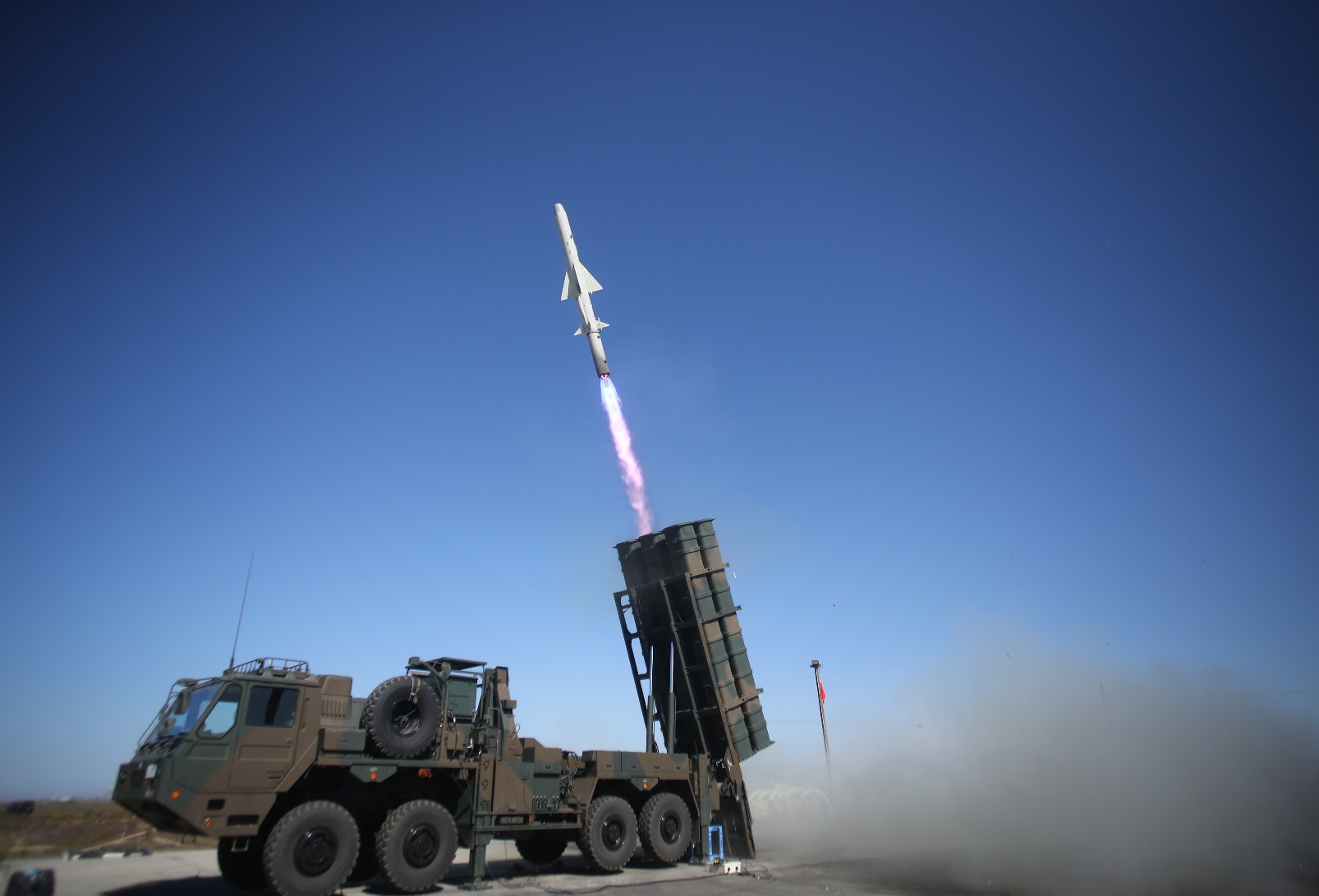Japan Ministry of Defense (Boei-sho) announced that it has signed four contracts worth about 314.7 billion yen ($2.3 billion) with Mitsubishi Heavy Industries (MHI) and Kawasaki Heavy Industries (KHI) to develop its own standoff missiles. Among the four contracts, most notably, the ministry has awarded KHI a contract worth 33.9 billion yen ($243 million) for research and development of a new type of surface-to-ship missile (SSM). The Diplomat reported that Tokyo is striving to acquire counterstrike capabilities as soon as possible amid heightened tensions in the region over China’s assertive behavior, North Korea’s unstoppable nuclear and missile development, and Russia’s ongoing aggression against Ukraine.
This new missile being developed by KHI is simply known by its project name, “New SSM,” in Japan, although the official name of the missile is “New Anti-Ship Guided Missile for Island Defense.” Compared to the existing MHI Type 12 SSM, which the Japan Ground Self-Defense Force began procuring in 2012, the new SSM will have a longer range. The new anti-ship missile is assumed to have a range of 2,500 kilometers. This new cruise missile uses a small, fuel-efficient turbofan engine as a propulsion device, and has wings like an airplane for horizontal flight. Since it has many similarities with the U.S. “Tomahawk” cruise missile in terms of range, shape, and performance, it has been dubbed as a Japanese version of the Tomahawk by domestic media.
The surface-to-ship missile project is to utilize long-range technology and high-mobility technology that have been obtained through research on elemental technologies of the missile so far. That research began in fiscal year 2018. During the current fiscal year 2023, the ministry plans to develop a prototype of the multi-mission missile that features longer-range, lower radar cross-section (RCS), and higher mobility technologies. By modularizing the missile’s seeker and warhead, the Defense Ministry aims to interchange those parts of the cruise missile, depending on the purpose of the missile launch. The ministry plans to finish off this project by the end of fiscal year 2027, with the aim of putting the new missile into practical use as soon as possible after that.
In addition to the new SSM, the ministry announced new contracts for three stand-off missile projects, all of which have been awarded to MHI. The first contract is for research and development of a hypersonic missile from FY2023 to FY2026 (worth about 58.4 billion yen). The second is for the development of the upgraded version of the Hyper Velocity Gliding Projectile (HVGP) project – called Block II – from FY2023 to FY2027, worth about 200.3 billion yen ($1.4 billion). The third contract is for the development of so-called “target observation rounds” to search, detect, identify, and collect information on the ground target or enemy vessels while avoiding and breaking through enemy’s air defense network and moving into the vicinity of the target.















